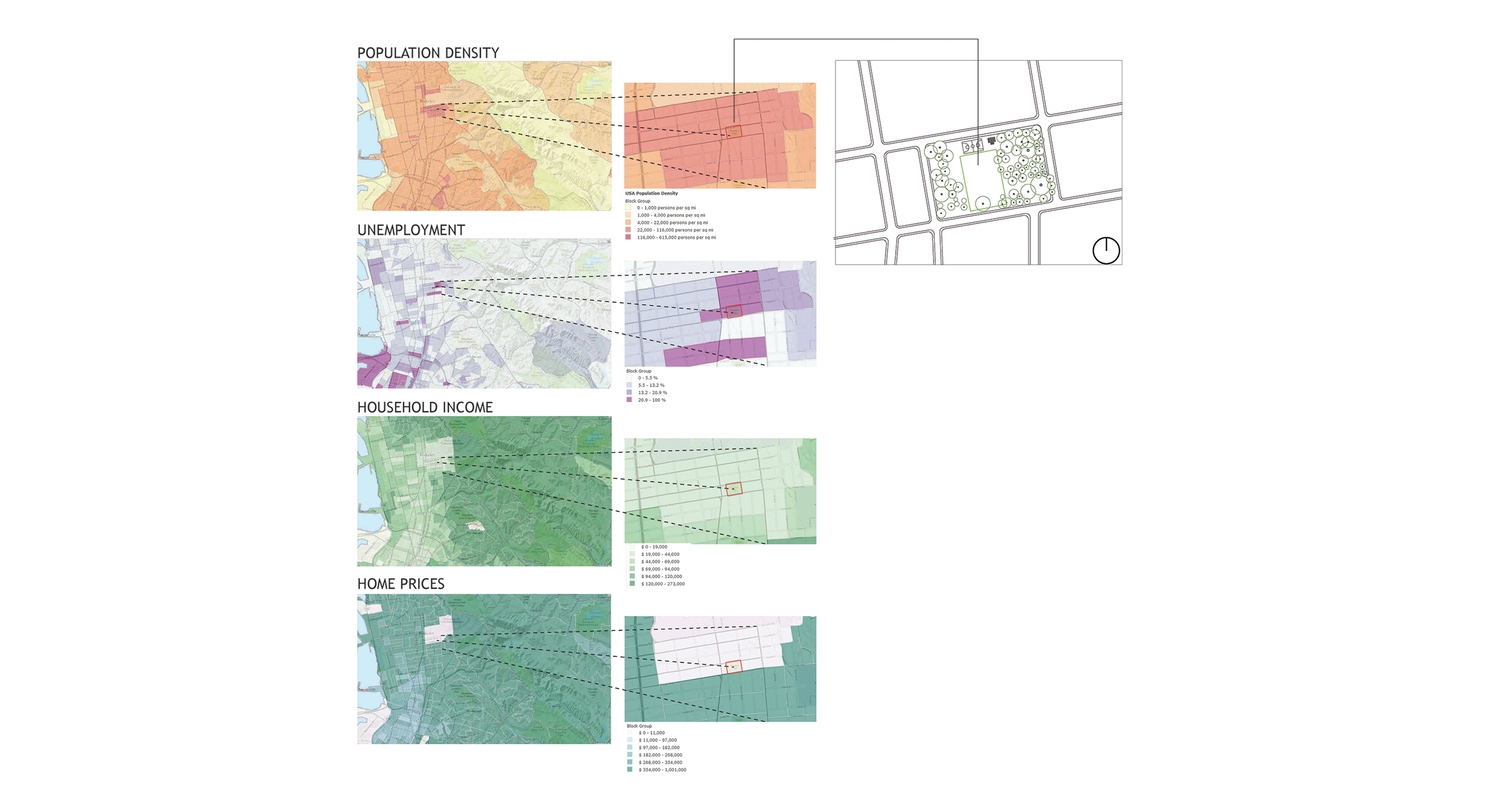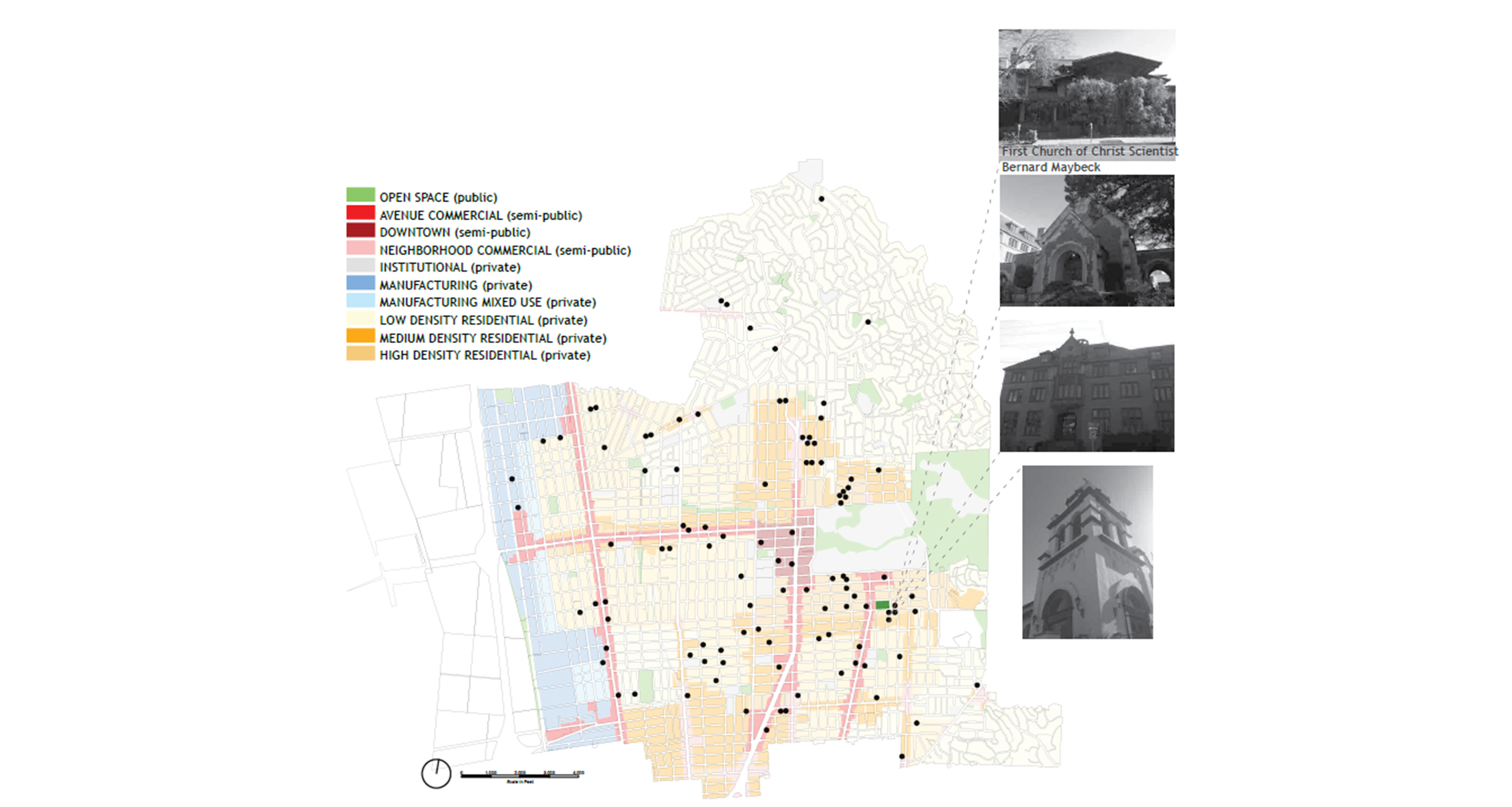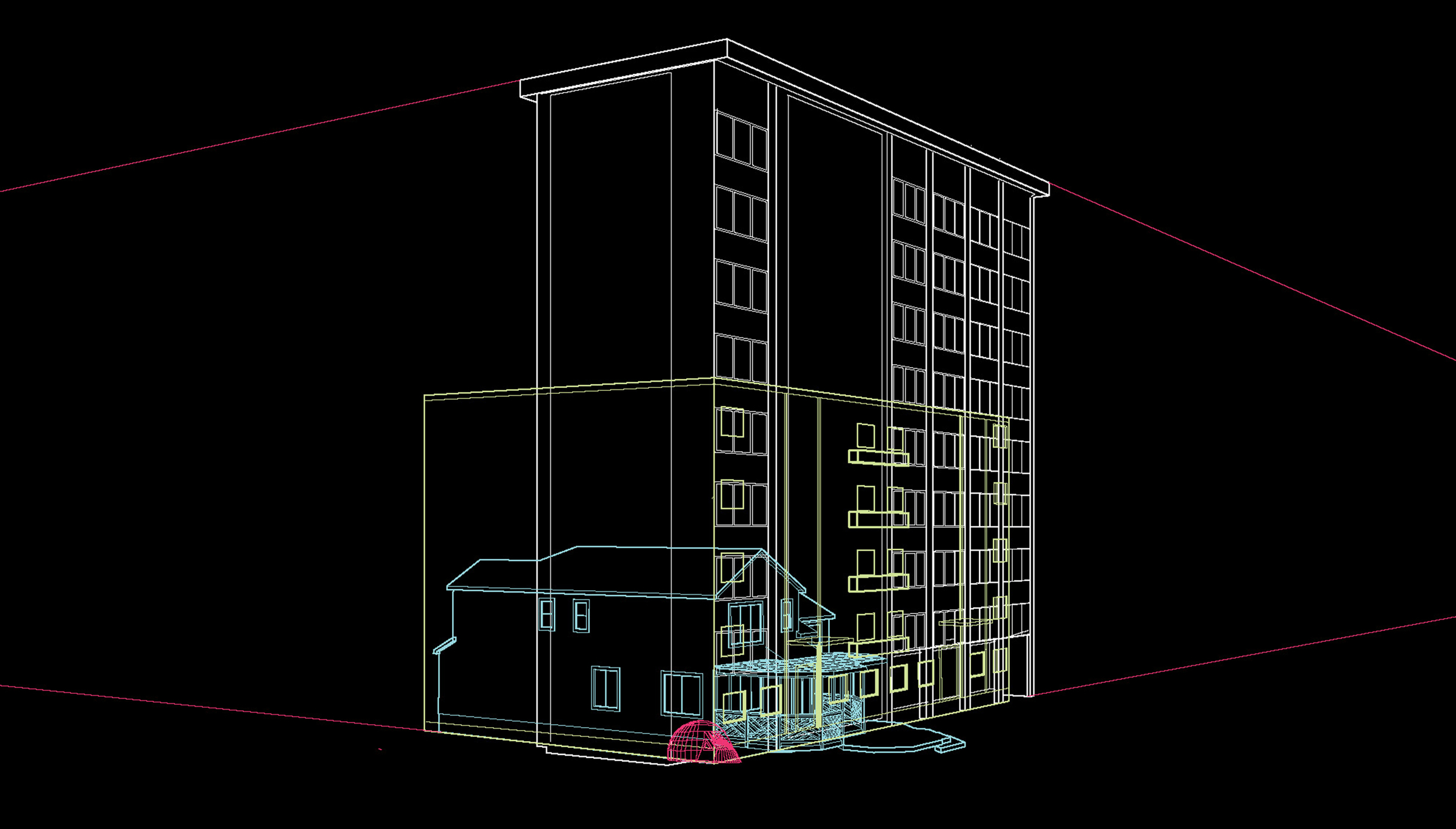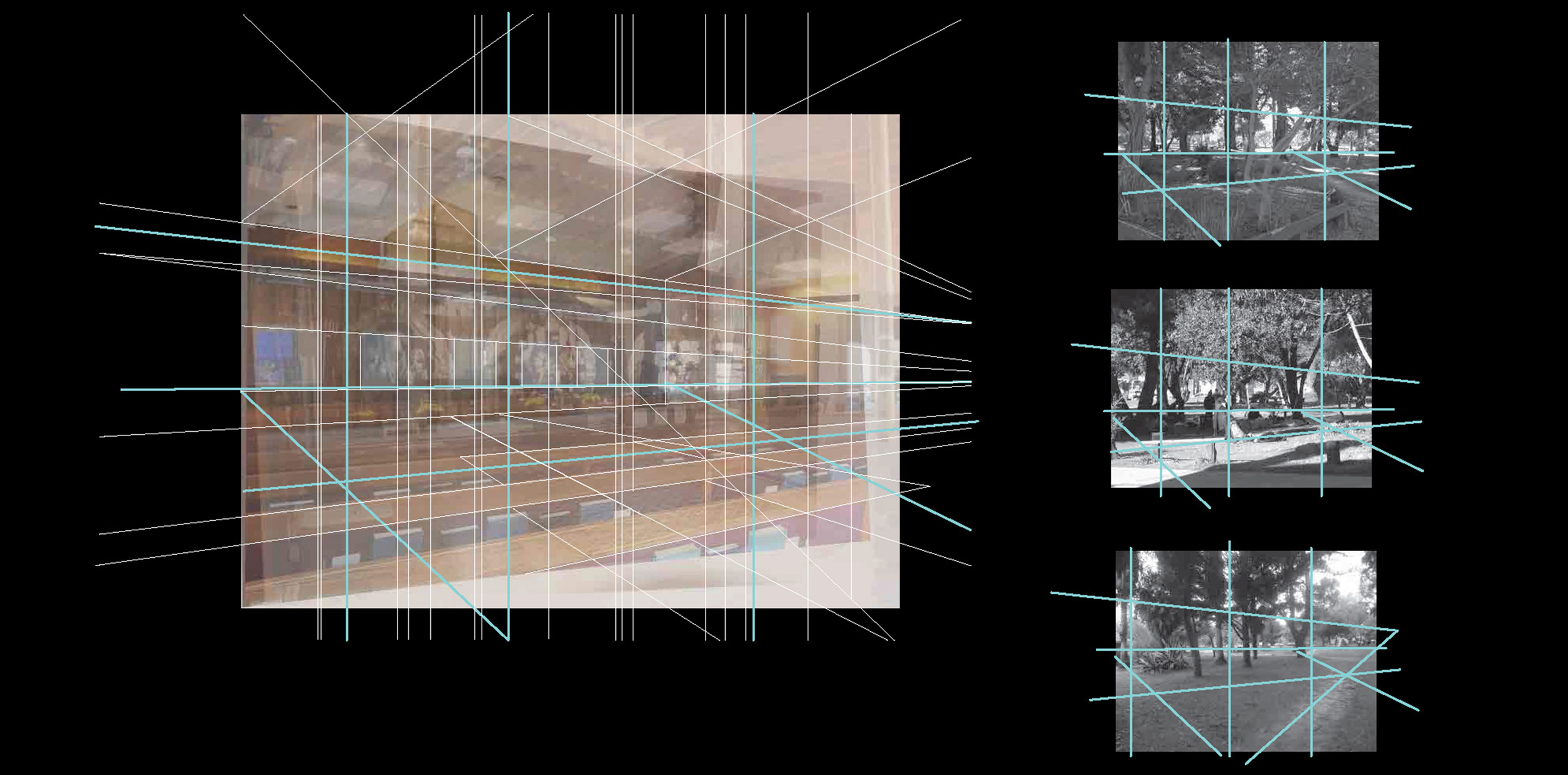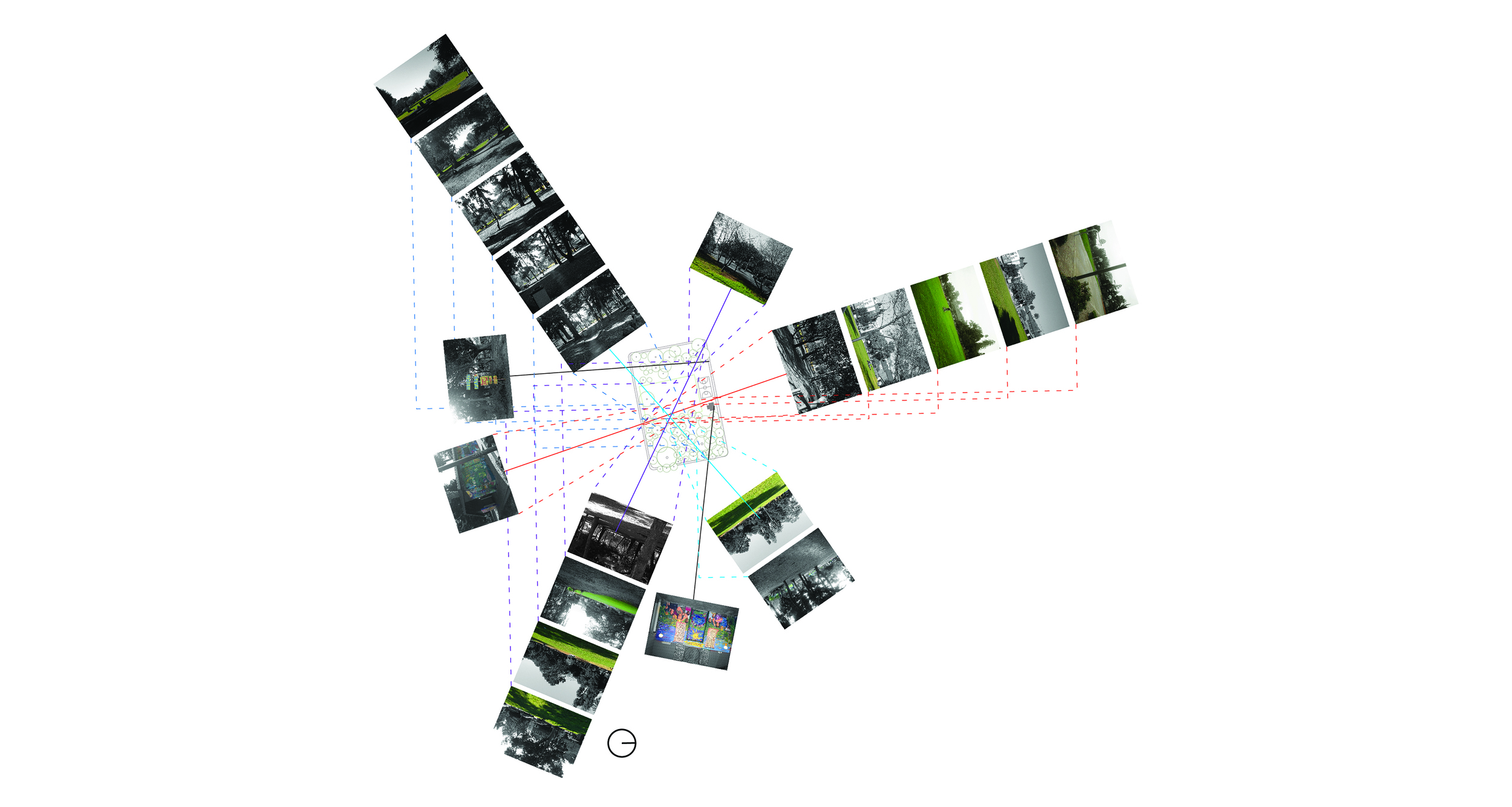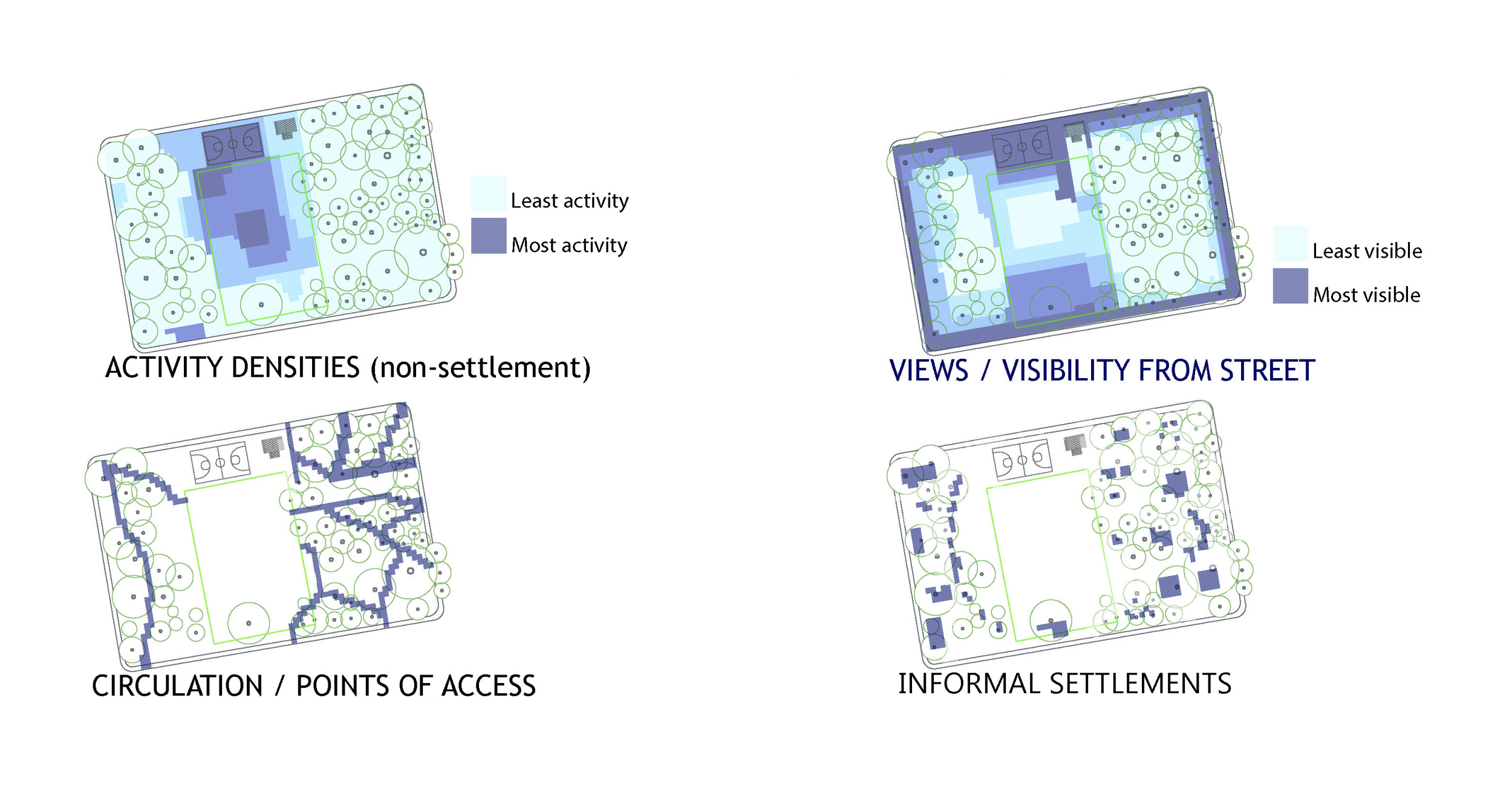"Common Ground Is Sacred Land": Making People's Park a Park for the People
Berkeley Prize Essay Competition & Design Fellowship, 2011-2012
Background: Since its inception in the 1960s, People’s Park, in Berkeley, has been a site for the demonstration of free speech, civil rights, the fight for truly public space. It is now recognized as a refuge for the city's homeless, where they receive food and are allowed to take shelter. However, the park continues to be a space of struggle between various interest groups, and is today viewed as an unsafe area of the city. Across the street, Bernard Maybeck's First Church of Christ Scientist stands as a historic landmark and tourist destination.
Premise: What is sacred space? For whom and by whom is it created and experienced? Why is Maybeck's church revered but People's Park feared? How can the park be recast positively Berkeley's sociospatial imagination?
Case study: People's Park was analyzed as a sacred haven for the homeless. The analysis juxtaposed the informal appropriation of the site against surrounding formal spaces of worship, including Maybeck’s church. The project was also inspired by events such as the 2009 arrest of Arthur Fonseca, who tagged “Common Ground is Sacred Space” on the park’s stage. The project interrogated questions of public/private, formal/informal, and sacred/profane.
Methods of Discovery: Field observation, interviews with homeless inhabitants, mapping, photographic documentation, and historical/theoretical investigation informed the ultimate policy and design recommendations.
Insights & Interpretation: The homeless view the park as a space of community, belonging, and shelter. The inhabitants consider themselves a family, and seek companionship and support within the haven. The "strong public" of Berkeley's middle class residents and students often do not know the Park's history, and cite the excessive foliage and seeming disrepair as factors for their apprehensiveness of the area.
A suggested strategy included university outreach to inform the public about the role of the park in Berkeley's identity, wayfinding improvements, participatory art installations, and a community garden. The proposal was selected as an international finalist for the Berkeley Prize. Subsequently, I used the Prize’s Design Fellowship to create a student design competition, the "InFORMal," probing similar issues.
